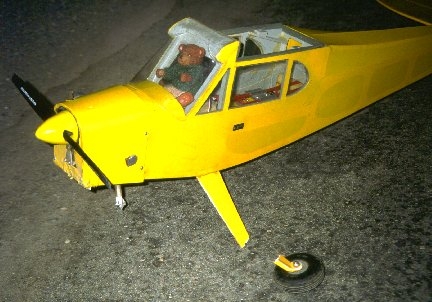In an attempt to revitalise the toy industry after the end of World War I, the American Tootsie Toys company introduced a new range of innovative pocket-sized diecast toys in 1918. Tootsie’s success in the
From 1924 onwards, to complement this railway system, Hornby introduced a range of trackside accessories. The next step was to add a range of pocket-sized vehicles, the first of which appeared in 1933. Although initially marketed by Hornby as ‘Modelled Miniatures’, the vehicles became known as Dinky Toys in April 1934 and were an immediate success.
The name is believed to have been thought up by a young friend of one of Frank Hornby’s daughters and is probably derived as a diminutive of the Scottish word “Dink”, meaning neat or fine. The vehicles were created with injection-moulded diecast mazac (a magnesium and zinc alloy), copying the methods used by Tootsie Toys.
The onset of World War II saw the company make an essential transition from toy production to war production. After the war, as with many other companies at the time, Dinky were not able to make the transition back to toy production quickly. With no new toys available since 1941, Dinky were under pressure to restart production and had no choice but to re-issue many of their pre-war range (this time using thicker axles, a purer form of mazac and new, duller, colours). In 1947, Dinky introduced their new Supertoy range – a fresh concept which remained unrivalled by other manufacturers throughout this period. The most notable feature was the much larger size.
Dinky also began to produce a range of commercial vehicles, racing cars and military vehicles and aircraft. Initially comprising re-releases of pre-war models, the military vehicles were re-launched in 1953, with a large number of vehicles from the recently re-equipped British Army.
As prosperity returned to Britain, Meccano Limited saw the opportunity to upgrade their best-selling ranges, particularly Dinky Toys and Hornby-Dublo trains. The first signs of this new look appeared in 1956 with the use of different paint variations to enhance ageing models.
The Dinky Toy commercial vehicle range was revised during this period, and in 1959 a series of BBC Television vehicles was introduced, along with an even rarer series of ABC Television vehicles derived from the same castings (introduced in 1962). Gift Sets were also introduced during Dinky’s “Golden Age” (1958 – 1964), in a fresh style of display box with a special folding lid.
Although well-established as successful toymakers by 1960, Dinky Toy production was still occasionally erratic, with uneconomic product runs involving expensive set-up costs. The huge cost of re-tooling and marketing their diverse range of products had also resulted in prohibitively expensive toys. Facing a liquidity crisis, the board of Meccano Limited, the parent company, agreed to a takeover by Triang, their main rival, in 1964.
Dinky continued to flourish for several years under the control of Triang, by implementing some important changes. Most significantly, they tried to rationalise the production of simpler saloon models by designing new cars which were less expensive to produce.
They even experimented with production in
Until the late 60s, Corgi had been almost unchallenged in their successful negotiation for the manufacture of licensed products from television of film programmes. But in 1967 Dinky succeeded in winning the Gerry Anderson concession! So Dinky ended up making Thunderbirds models, Captain Scarlet models, Joe 90 models and UFO models (even if the Interceptor was a horrendous lime green instead of white).
Some of the other stand-out UFO vehicles were Straker’s car (“with keyless clockwork motor”) and the SHADO mobile – great for firing matchsticks at your younger sister/brother/pet dog/cat.
Other novelty
1969 saw the advent of Dinky’s Speedwheels range. In common with Corgi and Matchbox, Dinky were forced to rush through this new feature after Mattel introduced Hotwheels in 1968. In general, the balance of the Dinky Toys range looked outdated by 1970 compared to the more vigorous Corgi models.
In 1971 the Triang holding company went into receivership, brought down by competition, the diversity of their product range, and the constant assault from cheaper overseas manufacturers, particularly those based in the
Dinky Toys production was taken over by Airfix who continued to produce current Dinky models, but only in garish colours. Poorly detailed toy cars were added and the range was sold in fragile vacuformed plastic packaging. In general, Dinky Toys from this period, until the closure of their
